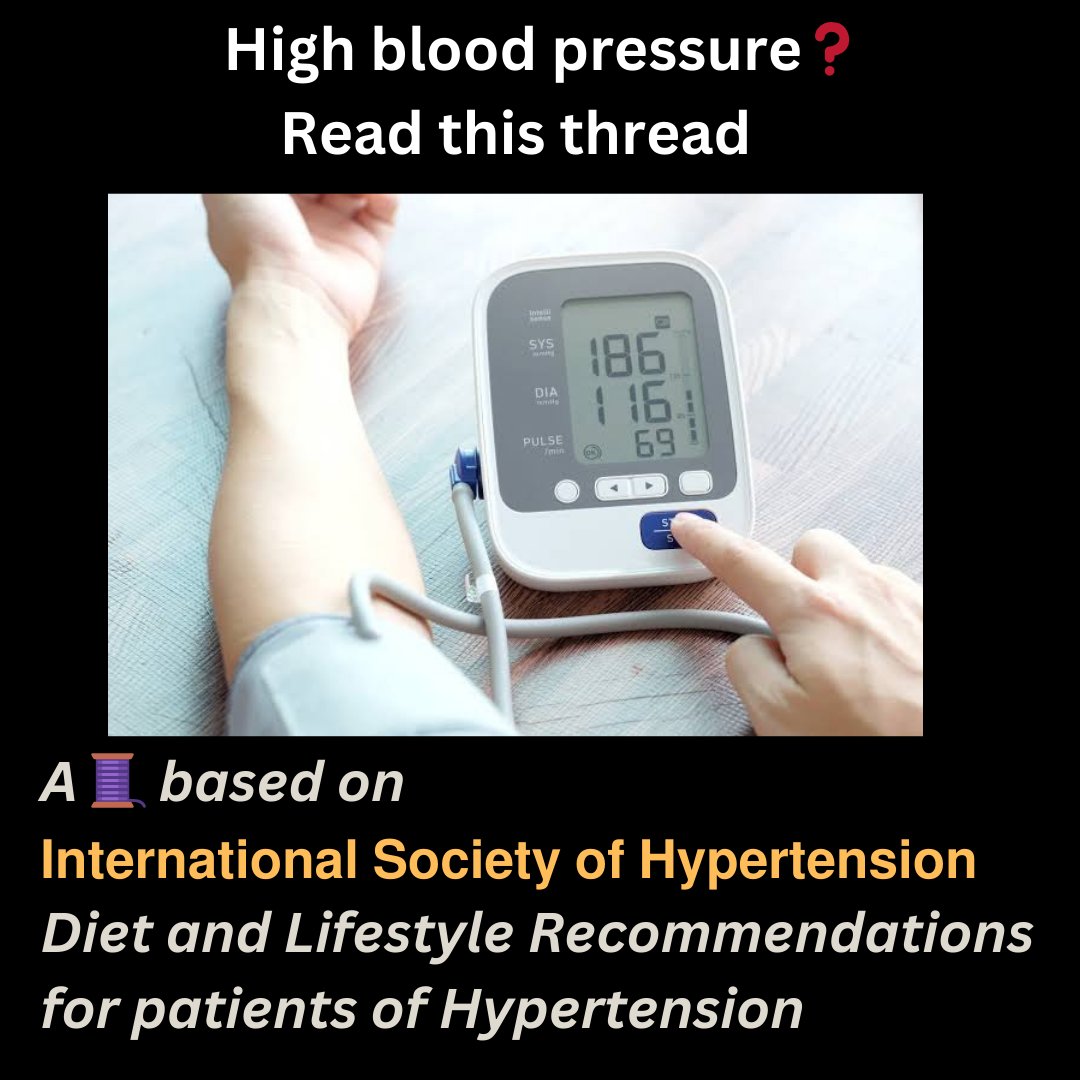INTRAVENOUS THROMBOLYSIS (fibrinolytic therapy) can be successfull if given
A. Within 30minutes to 12 hrs in STEMI
B. Within 3-4.5 hrs in Acute ischemic stroke
C. Within 14 days in Pulmonary embolism
Choose the ✅️correct statement/s among the above.
#Medtwitter #MedEd
A. Within 30minutes to 12 hrs in STEMI
B. Within 3-4.5 hrs in Acute ischemic stroke
C. Within 14 days in Pulmonary embolism
Choose the ✅️correct statement/s among the above.
#Medtwitter #MedEd

✅️TRUE statement/s among the above three
Fibrinolytic agents are plasminogen activators(PA) that act by converting plasminogen to plasmin. Plasmin then degrades the fibrin matrix of thrombi and produces soluble fibrin degradation products resulting in clot lysis. 

PAs that preferentially activate fibrin-bound plasminogen are fibrin-specific. Nonspecific PAs do not discriminate between fibrin-bound and circulating plasminogen. Activation of circulating plasminogen generates unopposed plasmin & can trigger a systemic lytic state. 

Fibrinolytics are used for intravenous thrombolysis(IVT) in ST Elevation MI, Massive Pulmonary embolism, and Acute Ischemic stroke. Peripheral arterial thrombi and thrombi in the proximal deep veins of the leg are most often treated using catheter-directed thrombolytic therapy.
Indications and contraindications are to be throughly vetted before considering fibrinolytic therapy owing to their propensity to cause hemorrhage.
Urokinase is not prefered. Aanistreplase is costly to manufacture and is not commonly used. Only nonspecific fibrinolytic used is streptokinase that too not commonly. It is still used because it has mortality benefit in MI and is cheap compared to fibrin specific fibrinolytics. 

IVT in STEMI:
Primary PCI is the preferred mode of reperfusion in a PCI-capable facility. For IVT, bolus fibrinolytics (Tenecteplase) are preferred as there is ⬇️chance of medication errors and are associated with ⬇️ noncerebral bleeding and has potential for prehospital Rx
Primary PCI is the preferred mode of reperfusion in a PCI-capable facility. For IVT, bolus fibrinolytics (Tenecteplase) are preferred as there is ⬇️chance of medication errors and are associated with ⬇️ noncerebral bleeding and has potential for prehospital Rx

For Thrombolysis in STEMI the treatment time window is within 30min to up to 12hrs of onset of symptoms. Best results if given within 1-2 hrs.
Thrombolysis in Acute Ischemic Stroke (AIS):
Eligible patients should receive thrombolysis as soon as possible, ideally within 60 minutes of hospital arrival. Only Alteplase and Tenecteplase are recommended for IVT in AIS.
Eligible patients should receive thrombolysis as soon as possible, ideally within 60 minutes of hospital arrival. Only Alteplase and Tenecteplase are recommended for IVT in AIS.

Thrombolysis in pulmonary embolism (PE):
Patients with massive PE or high-risk submassive PE (with both right ventricular dysfunction and troponin elevation due to right ventricular injury) are candidates for IVT.
Patients with massive PE or high-risk submassive PE (with both right ventricular dysfunction and troponin elevation due to right ventricular injury) are candidates for IVT.
Patients who receive thrombolysis up to 14 days after onset of new symptoms or signs in PE can derive benefit, probably because of the effects on the bronchial collateral circulation. 

There is a 1% to 3% rate of intracranial hemorrhage in patients with PE receiving full-dose IVT. Off-label half dose of alteplase(50mg) infusion over 2hrs is sometimes used to mitigate the risk of bleeds. Catheter-directed pharmacomechanical therapy has lower rates of bleeding. 

Source
1.Harrisons Principles of Internal Medicine, 21e
2.Braunwald's Heart Disease: A Textbook of Cardiovascular Medicine, 11e
3.2021,European Stroke Organisation (ESO) guidelines on intravenous thrombolysis for acute ischaemic stroke
1.Harrisons Principles of Internal Medicine, 21e
2.Braunwald's Heart Disease: A Textbook of Cardiovascular Medicine, 11e
3.2021,European Stroke Organisation (ESO) guidelines on intravenous thrombolysis for acute ischaemic stroke
#MedTwitter #MedEd #MedicalStudentTwitter #medicaleducation #MedStudentTwitter #medicalinternship #medicineresidency #internalmedicine #doctors #madaktari #Medicos #medicina #врачи #médecins #Likitoci #medicine #medical #FOAMed #FOAMim #FOAM4GP
💚&RT👇
💚&RT👇
https://twitter.com/DrAkhilRaghavan/status/1662791462394920966?t=hTCMtEkg2lJ-R7WKvC47NQ&s=19
• • •
Missing some Tweet in this thread? You can try to
force a refresh




















